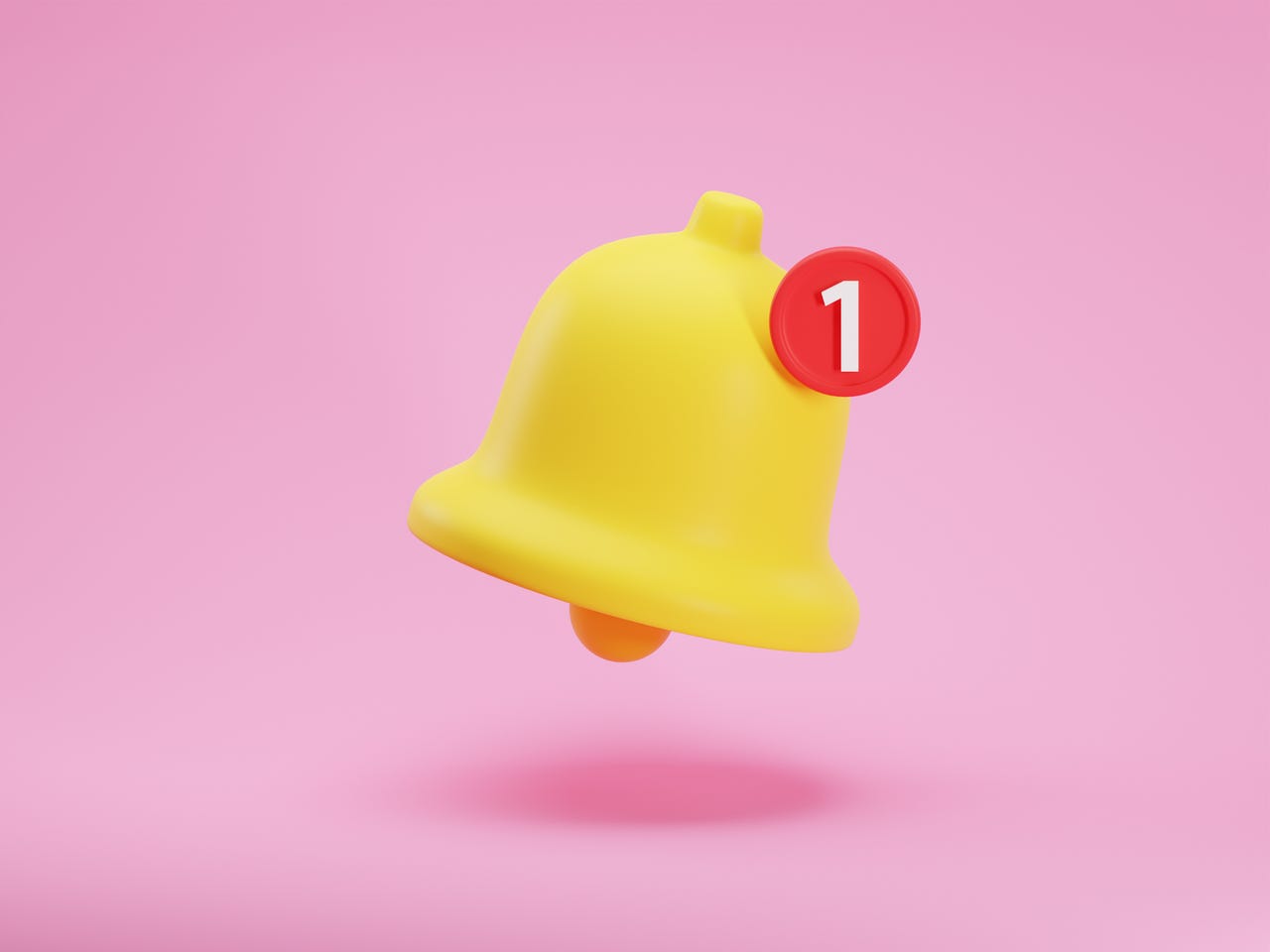
There are certain topics and issues that I either have to or want to keep up on. These range from technology, theater, musicians, politics, and more. Because I need to keep up to date on some of those topics, I don’t want to have to remember to look them up on Google each morning.
Because of that, I turn to a different service Google offers… Google Alerts.
Also: Google Workspace’s AI facelift is finally here. Meet Duet AI for Workspace
Think of these alerts as your own personal news subscription that is free of charge and specific to your needs. How these alerts work is simple: You set the topics, the delivery time, and whether or not they should be sent to you in digest mode (all alerts in a single email). At the scheduled time, Google will send you an email that contains links to stories related to your subjects.
I currently have 25 email alerts. Before your eyes jettison from their orbits, know that I don’t receive email alerts for every subject every day. Some of my alerts are so specific that Google doesn’t always find articles or news about those topics. Besides, if you’re worried about your inbox getting flooded, you’ll either only receive a single email per alert subject or a single digest email with all of your combined alerts. There won’t be a deluge of emails from Google.
Also: This simple trick disables ads in Gmail – but there’s a catch
Besides, this feature is so handy it’s worth the extra content in your inbox.
But how do you set up these alerts? Let me show you.
How to create your first Google Alert
What you’ll need: The only things you’ll need for this are a valid Google account and a web browser. That’s it. Let’s create your first alert.
Let’s say you want to create an alert for the subject of Theatre. Type Theatre in the search field and Google Alerts will create a preview of the alert.
You can add any subject you want to create an alert for in the search field. Screenshot by Jack Wallen/ZDNET
Once the preview has appeared, click Show options and, in the resulting drop-down, configure the alert to meet your needs.
Also: How to spend password-protected emails in Gmail
Here, you can configure the frequency, sources, language, region, how many results, and where to deliver the email to. Once you’re happy with the configuration, click Create Alert and you’re done.
You can configure the alert to meet your specific needs. Screenshot by Jack Wallen/ZDNET
Keep creating alerts until you’re satisfied with the list of subjects Google will monitor for you. Your first round of alerts will show up according to how you’ve configured the alerts. Of course, if you change your mind about the configuration, you can always go back to the page, click the edit button (pencil icon), and you can change the options with the same drop-down that opened when you first created the alert.
And that’s all there is to using Google Alerts to keep you up-to-date on certain topics you want or need to follow.



